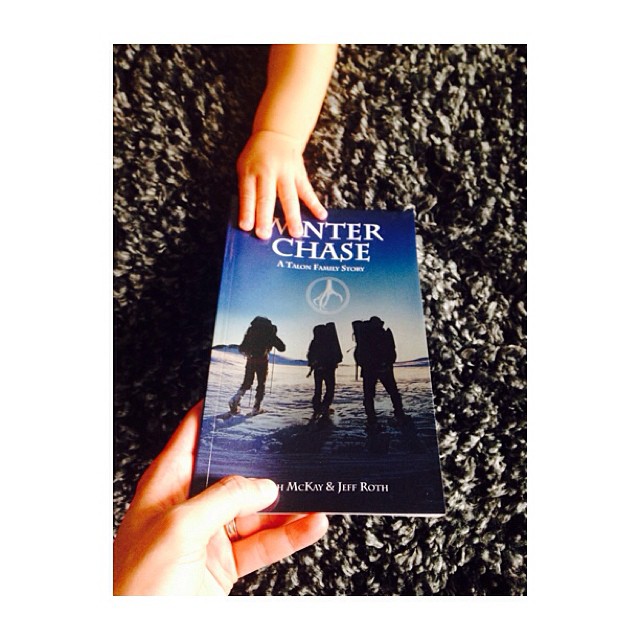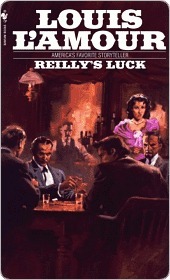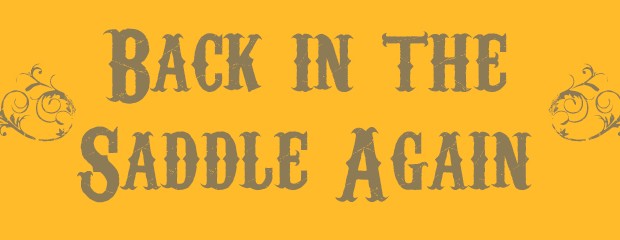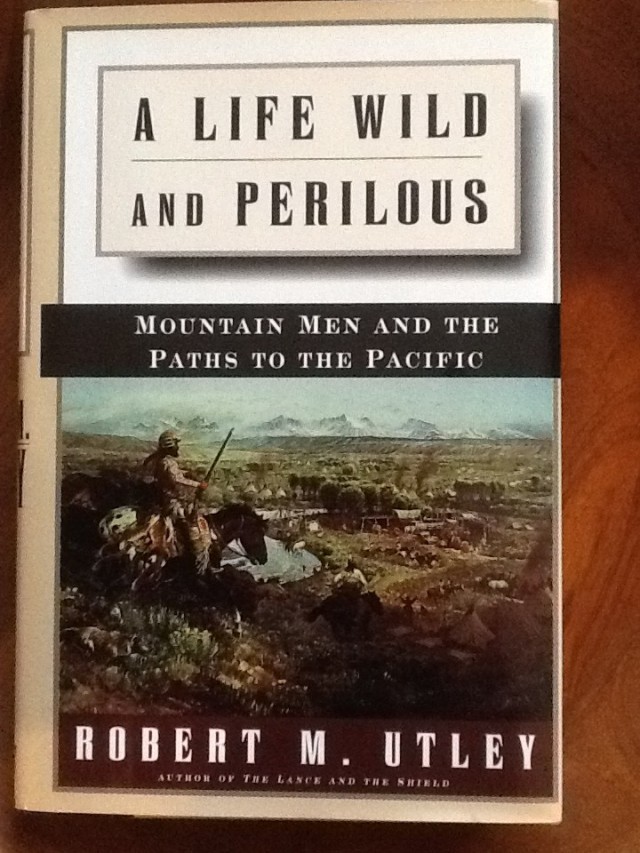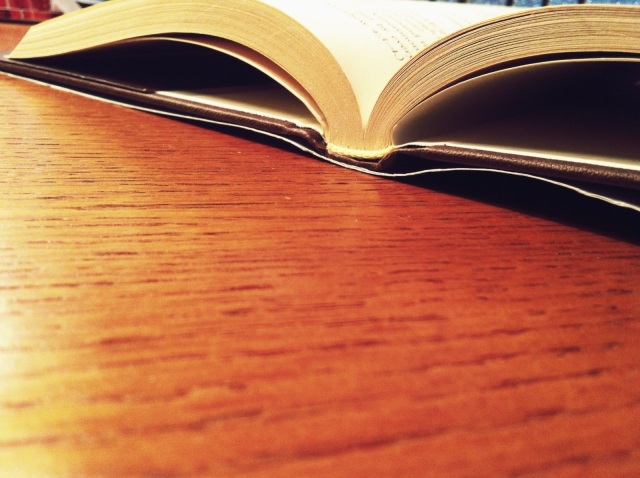
Or the story.
In the first edition of Writing in Real Life, we discussed how writing is a choice. And I told you about my “30 minutes of writing” strategy.
In the second edition of Writing in Real Life, we discussed knowing what to write. And I told you that taking from real life is one of the best ways I’ve found to do just that.
In this third edition of Writing in Real Life, I would like to discuss details. And how they make or break a story.
Adding details to a story accomplishes a few things. It…
– it creates a firm foundation for development
– adds dimension to the plot
– cues the reader to believe
A Firm Foundation
You don’t have a story without details. And details can’t be thrown in at the last second. They have to form the foundation of the story its self. The who, what, why, when, where and how are a great place to start but they don’t make a story. A police report, maybe, but not a story.
Details are the little things that make up the one big thing. The color of a character’s eyes. The way the rain sounded when it hit the pavement. The emotions of saying good-bye to a loved one. These are the details that lay the foundation for a great story.
A Multi-Dimensional Plot
Just like a sketch is one-dimensional, a plot without details is…you guessed it, one-dimensional. Details add layers of interest. They add height and depth and breadth. They make certain that the reader doesn’t walk away with a bland taste in their mouth.
Details make something of little interest suddenly seem like the most interesting thing in the world. Just as we’re more likely to remember a full-scale model than we are a sketch, the reader is more likely to remember a plot that was full of details than one that was lacking.
A Cue to Believe
Details in a story are the reader’s cue to believe. Details create believability. They make it possible for the reader’s imagination to connect with the story. Without details, the reader has nothing to grasp onto and they are left floundering. Without details, the reader is left with little choice but to disbelieve.
With details the reader is taken to a place beyond themselves – a place that might seem unbelievable – but is very much believable because the details say it’s so.
How about you? Do you think details are important to a story? Why or why not?
